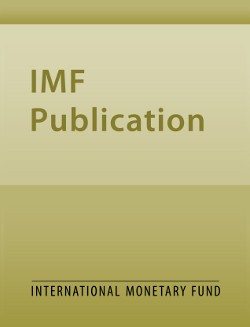
How Should We Measure City Size? Theory and Evidence Within and Across Rich and Poor Countries
It is obvious that holding city population constant, differences in cities across the world are enormous. Urban giants in poor countries are not large using measures such as land area, interior space or value of output. These differences are easily reconciled mathematically as population is the product of land area, structure space per unit land (i.e., heights), and population per unit interior space (i.e., crowding). The first two are far larger in the cities of developed countries while the latter is larger for the cities of developing countries. In order to study sources of diversity among cities with similar population, we construct a version of the standard urban model (SUM) that yields the prediction that the elasticity of city size with respect to income could be similar within both developing countries and developed countries. However, differences in income and urban technology can explain the physical differences between the cities of developed countries and developing countries. Second, using a variety of newly merged data sets, the predictions of the SUM for similarities and differences of cities in developed and developing countries are tested. The findings suggest that population is a sufficient statistic to characterize city differences among cities within the same country, not across countries.
Publication date: September 2019
ISBN: 9781513513782
$18.00
Add to Cart by clicking price of the language and format you'd like to purchase
Available Languages and Formats
| English |
Prices in red indicate formats that are not yet available but are forthcoming.
Topics covered in this book
This title contains information about the following subjects.
Click on a subject if you would like to see other titles with the same subjects.
Urbanization , Cities , Urban Giants , Population , Standard Urban Model , Measurement , Urban Technology , Building Heights , Sprawl , Housing , Transportation
Summary
Copyright © 2010 - 2025
Powered by:
AIDC



